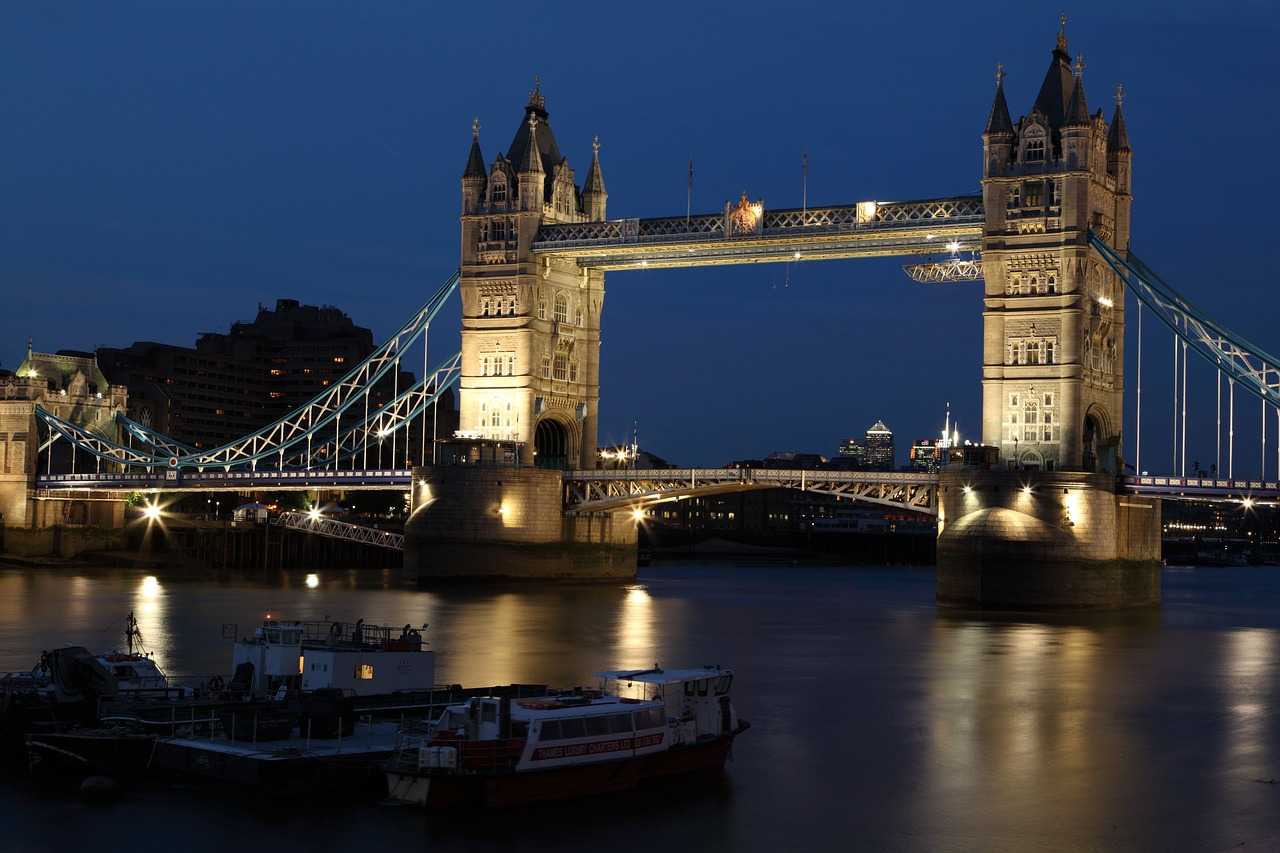London is the capital and largest city of England and the United Kingdom, with a population of just over 9 million.
It stands on the River Thames in south-east England at the head of a 50-mile estuary down to the North Sea, and has been a major settlement for two millennia. The City of London, its ancient core and financial centre, was founded by the Romans as Londinium and retains boundaries close to its medieval ones.
The City of Westminster, to the west of the City of London, has for centuries hosted the national government and parliament. Since the 19th century,the name “London” has also referred to the metropolis around this core, historically split between the counties of Middlesex, Essex, Surrey, Kent, and Hertfordshire,which largely comprises Greater London, governed by the Greater London Authority.
London’s diverse cultures encompass over 300 languages.he mid-2018 population of Greater London of about 9 million made it Europe’s third-most populous city,accounting for 13.4% of the population of the United Kingdom and over 16% of the population of England.
London has four World Heritage Sites: the Tower of London; Kew Gardens; the combined Palace of Westminster, Westminster Abbey, and St Margaret’s Church; and also the historic settlement in Greenwich, where the Royal Observatory, Greenwich defines the prime meridian (0° longitude) and Greenwich Mean Time.
Other landmarks include Buckingham Palace, the London Eye, Piccadilly Circus, St Paul’s Cathedral, Tower Bridge, and Trafalgar Square. London has many museums, galleries, libraries and cultural venues, including the British Museum, National Gallery, Natural History Museum, Tate Modern, British Library, and numerous West End theatres.
List of facts
The city was founded following the Roman invasion in AD 43.
London is the capital and largest city of England and the United Kingdom
London has a population of just over 9 million
The City of London, was founded by the Romans as Londinium
London has been known as Londonium, Ludenwic, and Ludenburg.
For the past few centuries, there has always been at least six ravens living in the Tower of London
The mayor of London and the London Assembly govern the city.
Humans inhabited some parts of London as early as 4,800 B.C.E.
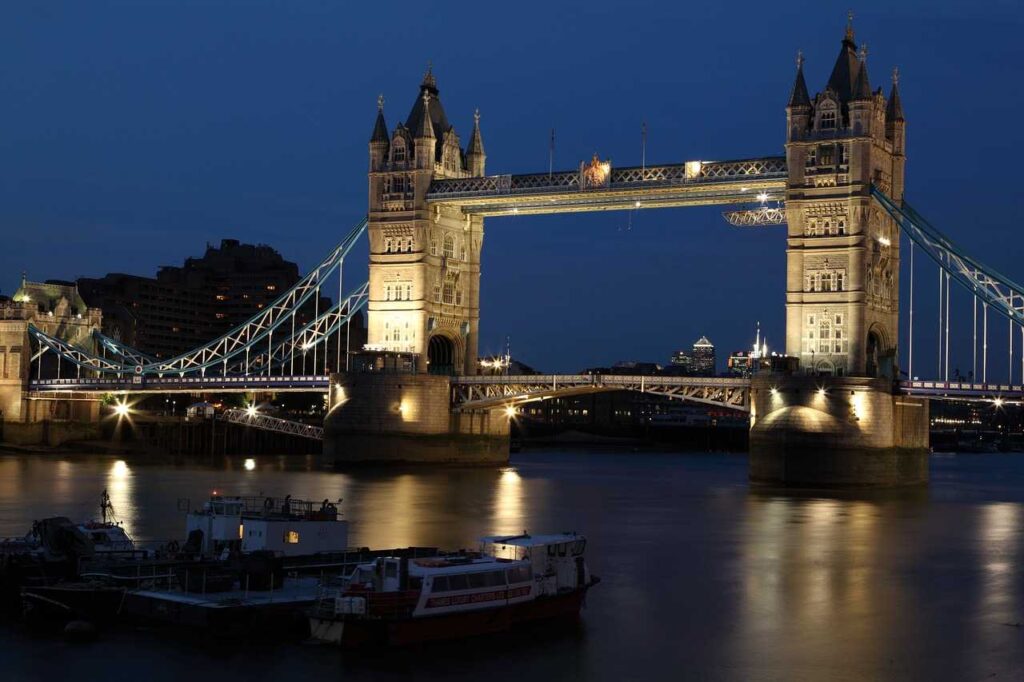
The City of London has its own authority and laws.
the City of London only spans around 1.2 square miles.
Over 300 Languages are Spoken in London
London has six orchestras
London has over 170 museums.
An estimated 19 million tourists visit London each year
London has 33 local government districts: 32 boroughs and the City of London.
6.5 million People Ride on London’s Red Buses Every Day
London is home to the most 5-star hotels of any city
London is ranked as the most expensive city in the world to live
The London Tube is the first ever underground rail network in the world.
The tube is used by about 1.265 billion people every year
Around 79% of the London Underground runs above ground.
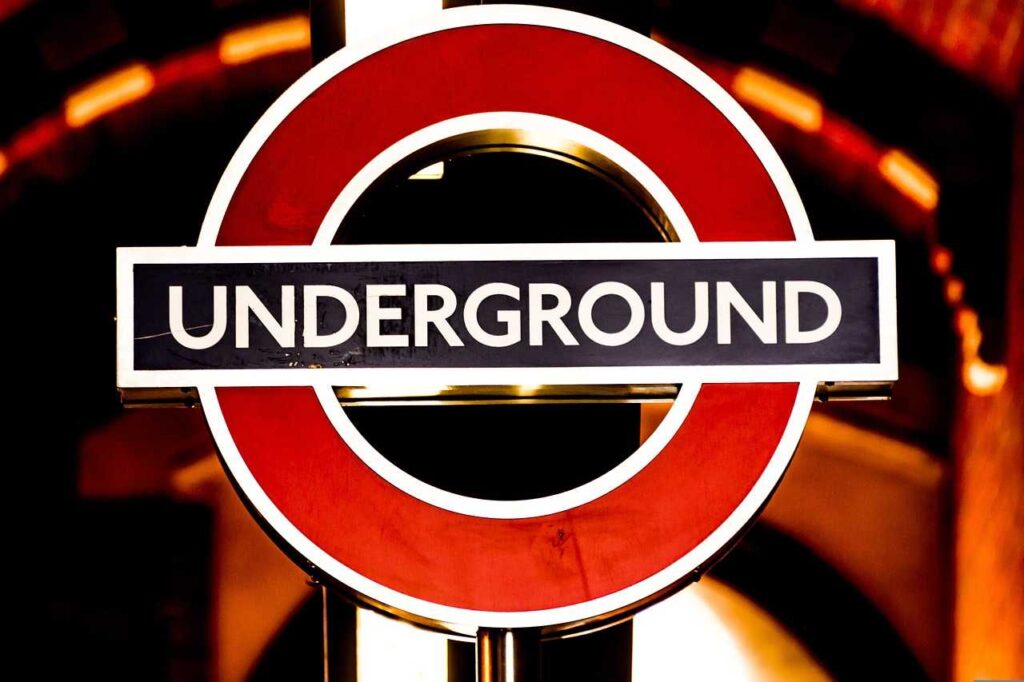
London contains four World Heritage Sites: 1) the Tower of London, 2) Kew Gardens, 3) the Palace of Westminster, Westminster Abbey, and St Margaret’s Church, and 4) Maritime Greenwich.
London has the highest concentration of higher education institutes (such as colleges and universities) in Europe.
London has so many trees that it falls within the UN definition of a forest.
Norway Has Gifted a Christmas Tree to London for Trafalgar Square Every Year Since 1947
London is the first city to have hosted three modern Summer Olympic Games
The Shard is the tallest building in London and made of 11,000 Panels of glass
Black Death in the mid-14th century, London lost nearly a third of its population.
The Great Plague killed up to 100,000 people, or a fifth of the population
“Big Ben” actually refers to the bell inside the tower, not the tower itself.
The Bow Street Runners were established in 1750 as a professional police force
The Great Fire of London in 1666 started in Thomas Farriner’s bakehouse on Pudding Lane
During the Second World War, the German Luftwaffe killed over 30,000 Londoners
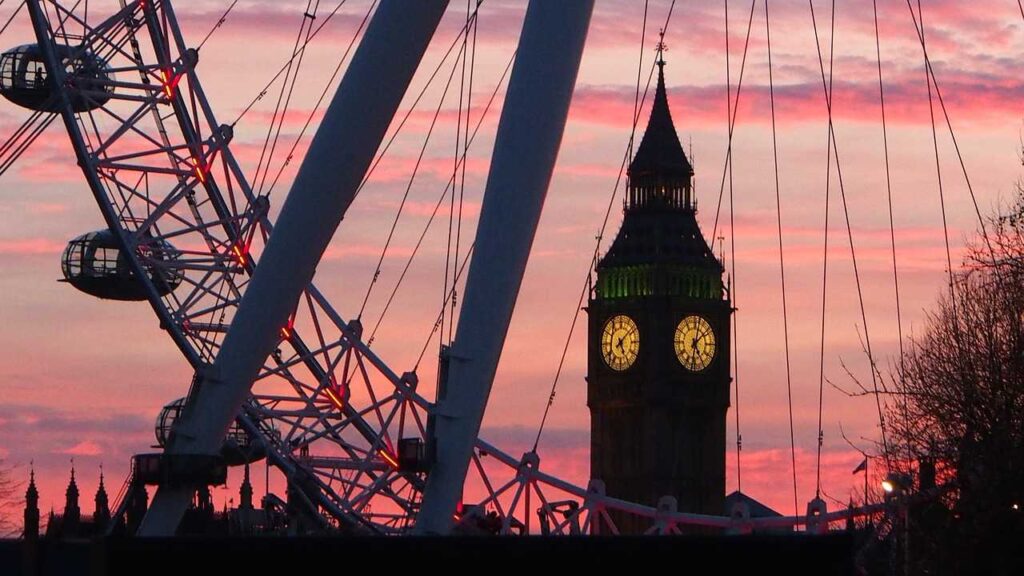
Established in 1840, Kew Gardens houses more than 50,000 species of plants and fungi.
Up until 1916, you could buy cocaine and heroin over the counter at the prestigious Harrods department store
London has 38 Sites of Special Scientific Interest, two national nature reserves and 76 local nature reserves
10,000 red foxes live in London
It is Illegal to feed the pigeons in Trafalgar Square
Regent’s Park contains London Zoo, the world’s oldest scientific zoo,
The London Eye is the Highest Ferris Wheel in Europe at 135 metres tall
London’s Bedlam Asylum used to be one of the city’s most visited attractions.
London has two Test cricket grounds, Lord’s and the Oval
Three Premiership Rugby union teams are based in London, Harlequins, London Irish and Saracens
Wimbledon is the oldest tennis tournament in the world, and the only major played on grass.
Hyde Park has been a popular public space since it opened in 1637
The London Zoo was home to the real-life Winnie-the-Pooh.
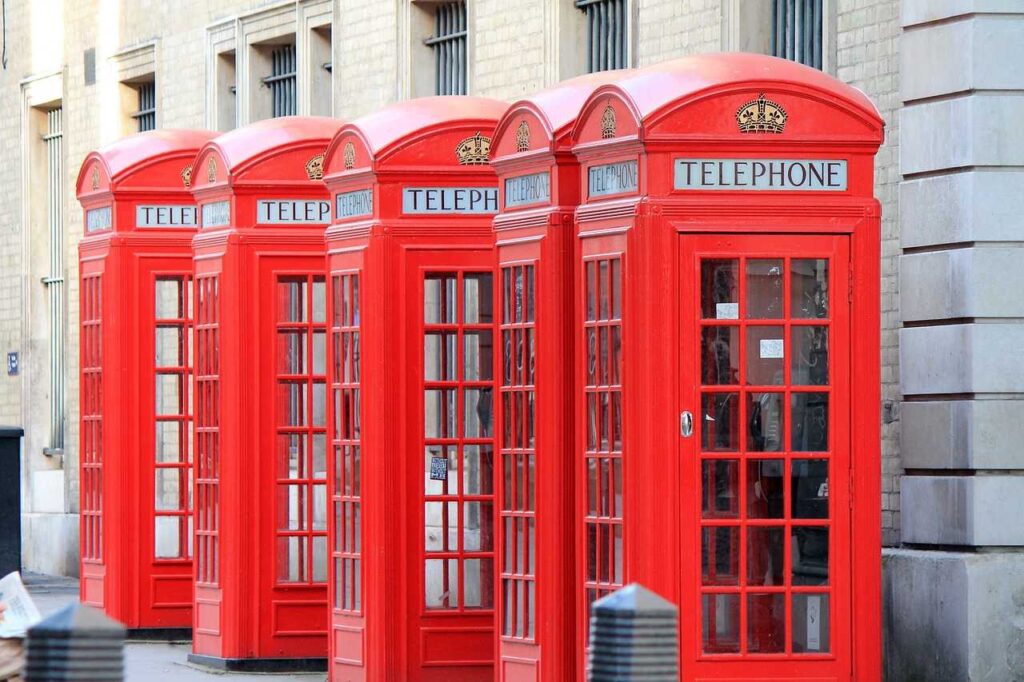
The iconic London red buses used to come in different colors.
J. M. Barrie gave the rights to his Peter Pan works to the Great Ormond Street Hospital in 1929.
The city is home to more than 80 billionaires – making London the city with the highest number of billionaires in the world
There are around 20 underground rivers around London, with the River Fleet being the largest of the subterranean rivers of London
It’s illegal to enter the Houses of Parliament wearing a Suit of Armour
In 1878, the University of London became the first in the UK to open and grant its degrees to women
During the Second World War, London Functioned as the Capital of Six Countries – France, Poland, Holland, Belgium and Norway and the United Kingdom.
Cleopatra’s Needle in London holds a time capsule with various artifacts.
London, had a Gin Craze in the first half of the 18th century.
The Tower of London has historically been used as a prison and execution ground.
Henry III kept a polar bear outside the Tower of London.
Eight people died in London because of a flood of beer in 1814.
Christopher Wren took 35 years to complete St. Paul’s Cathedral.
At the height of World War II, the Luftwaffe systematically bombed London for 57 consecutive days and nights.

